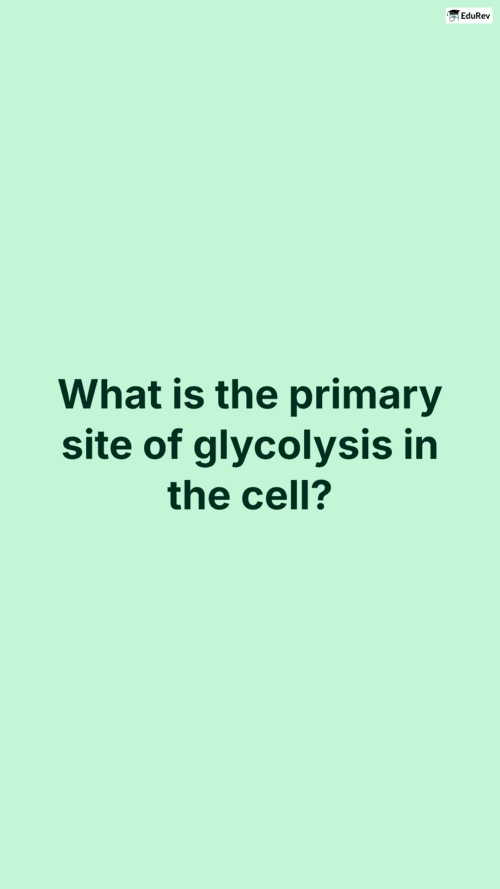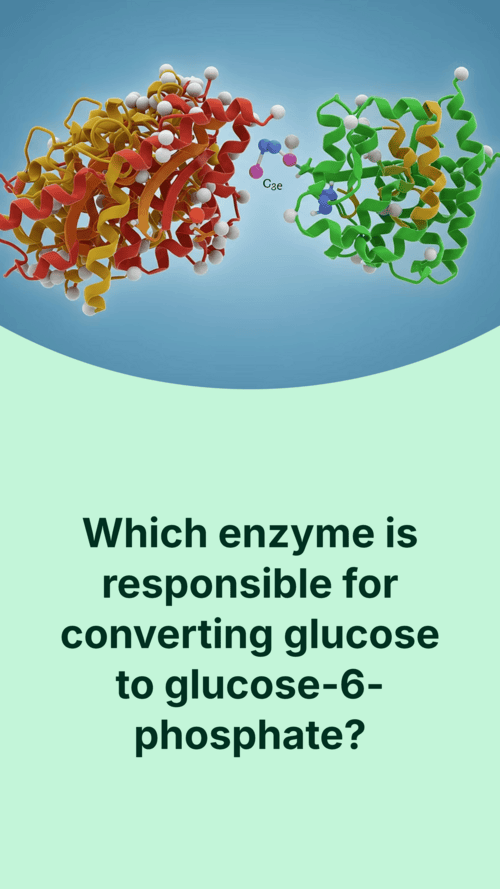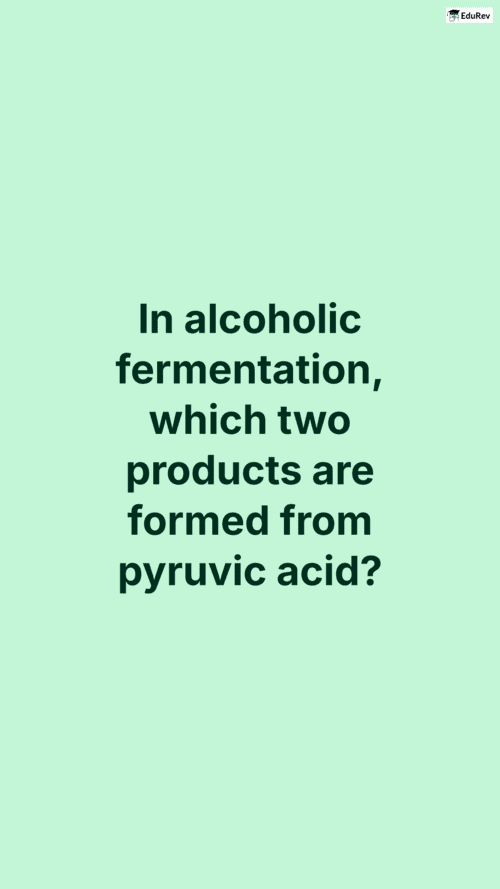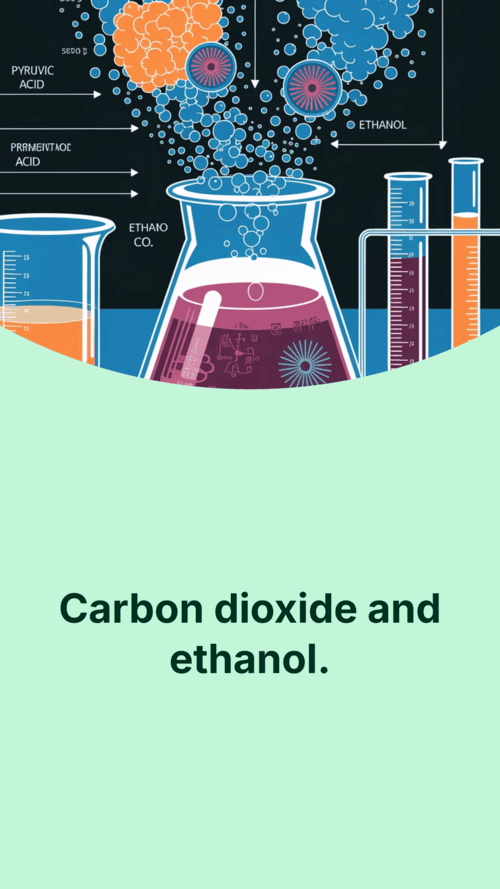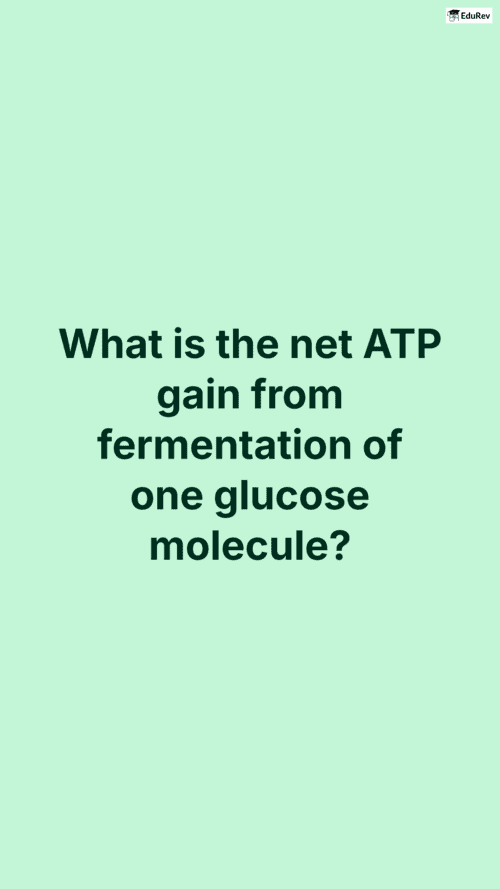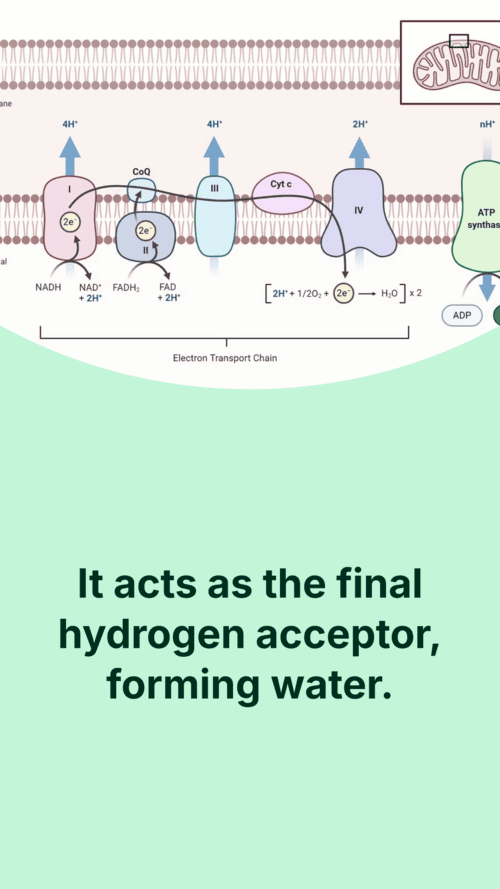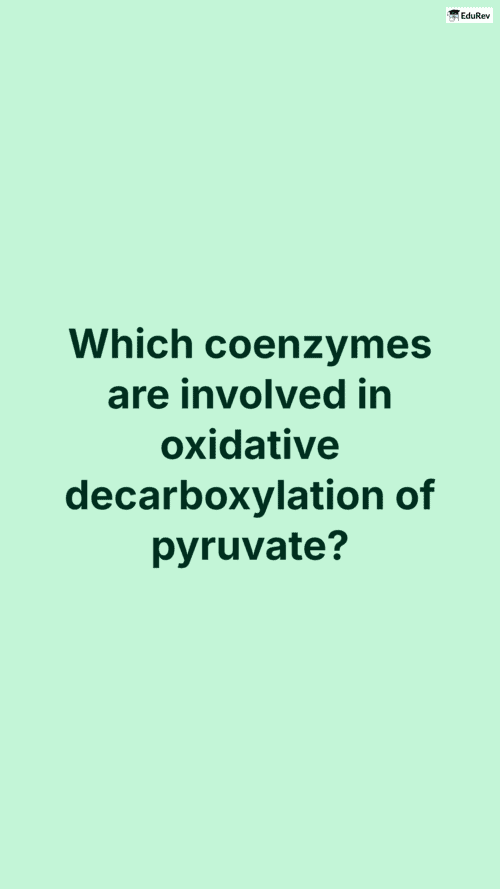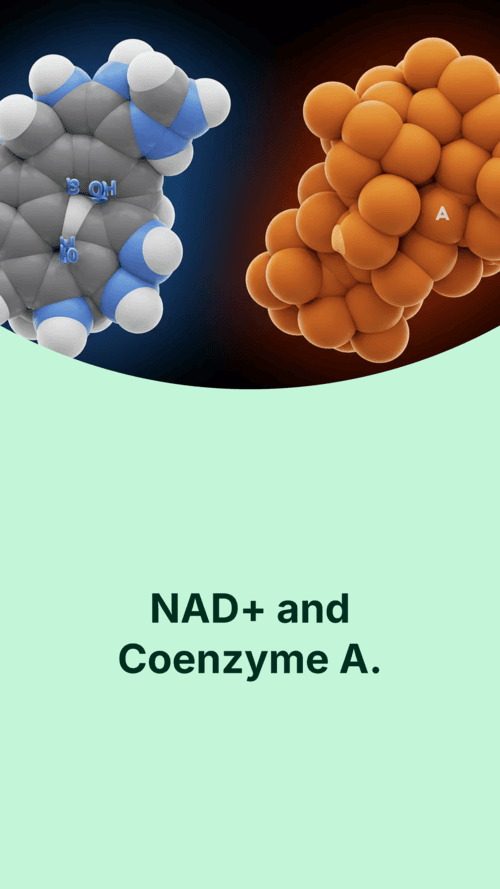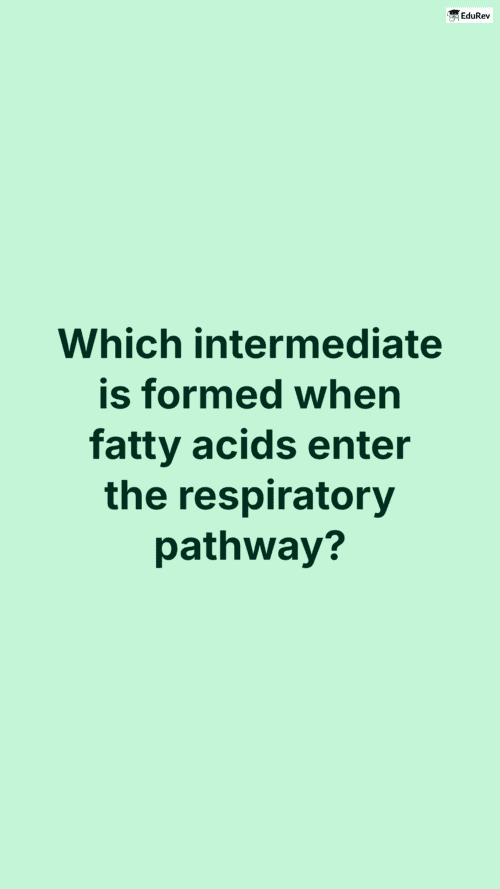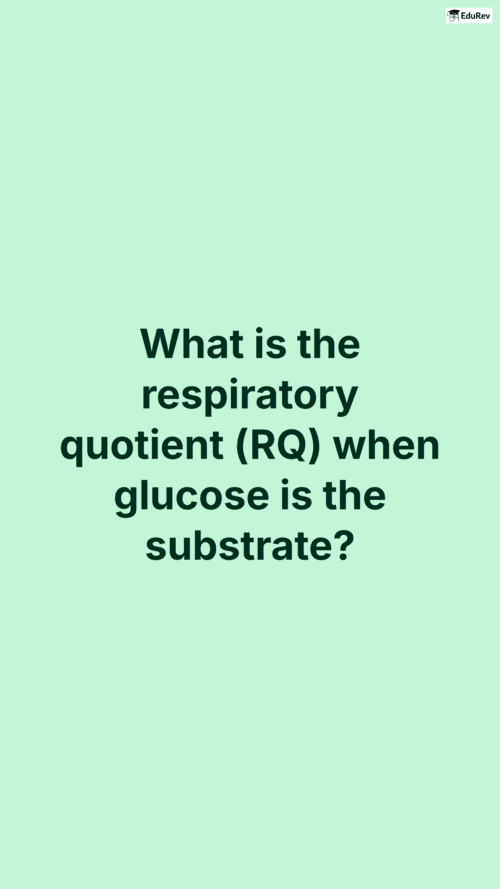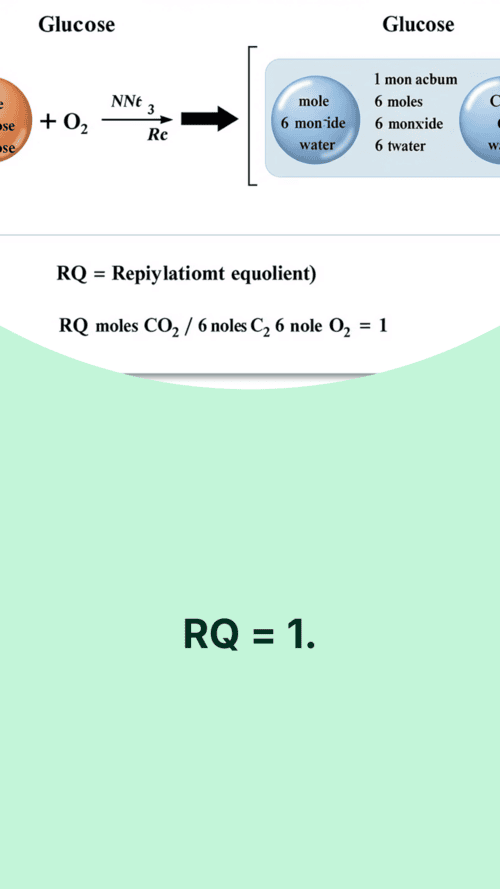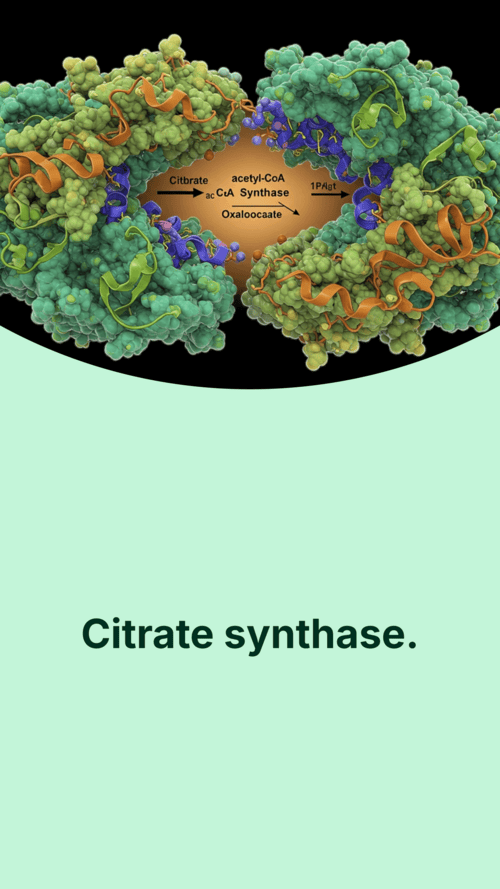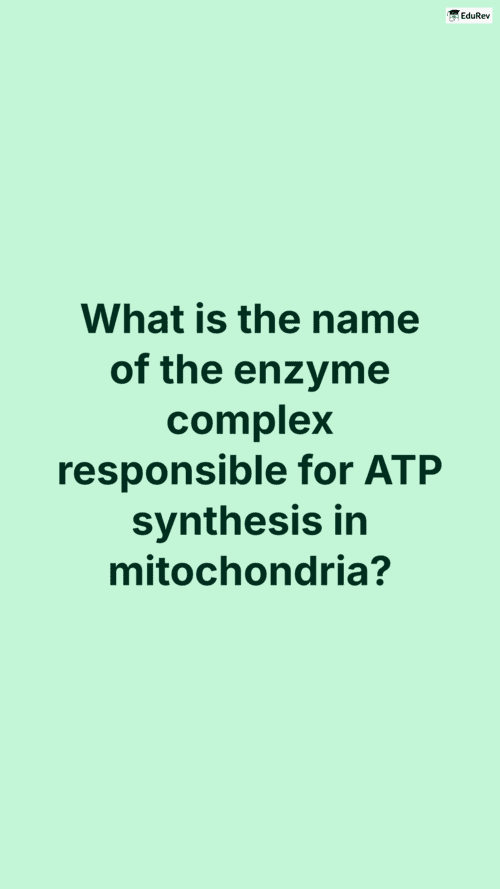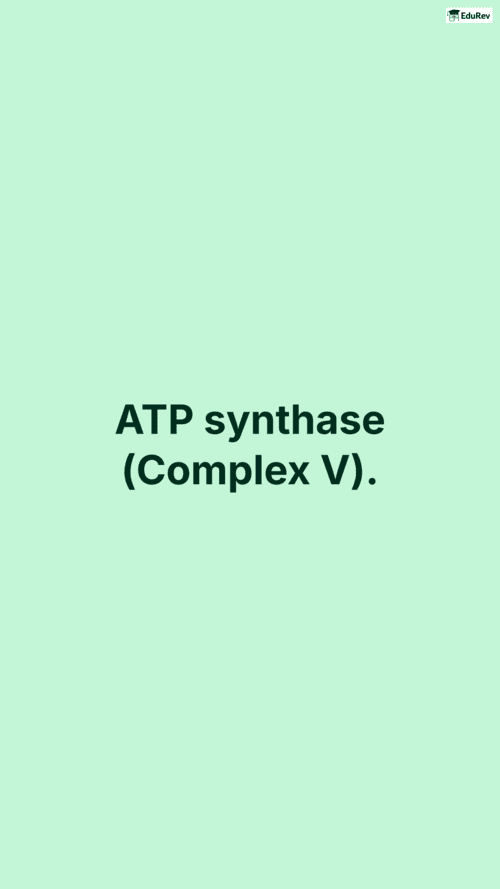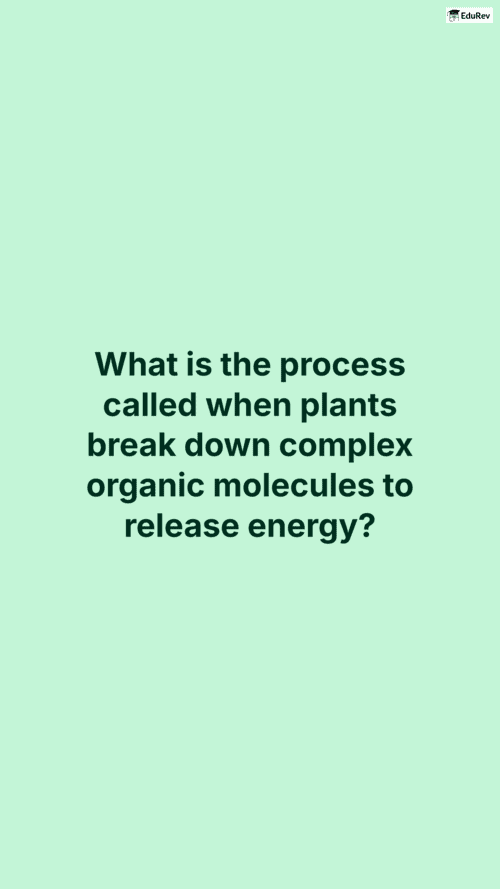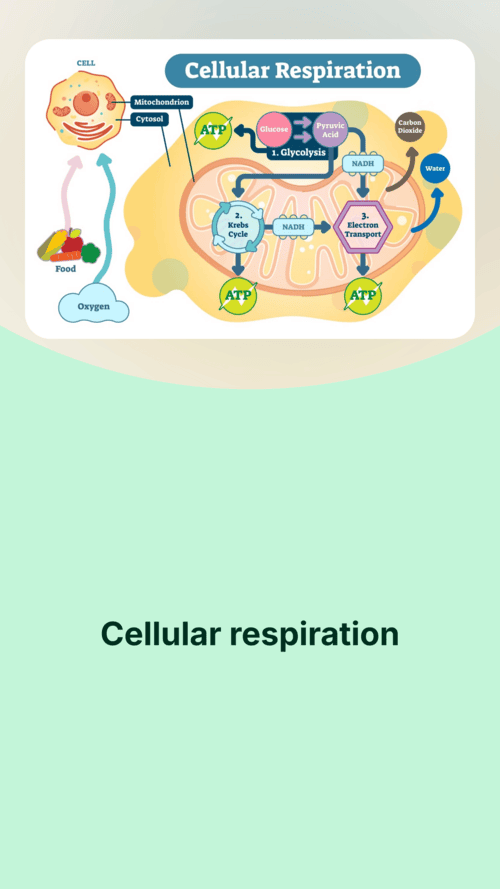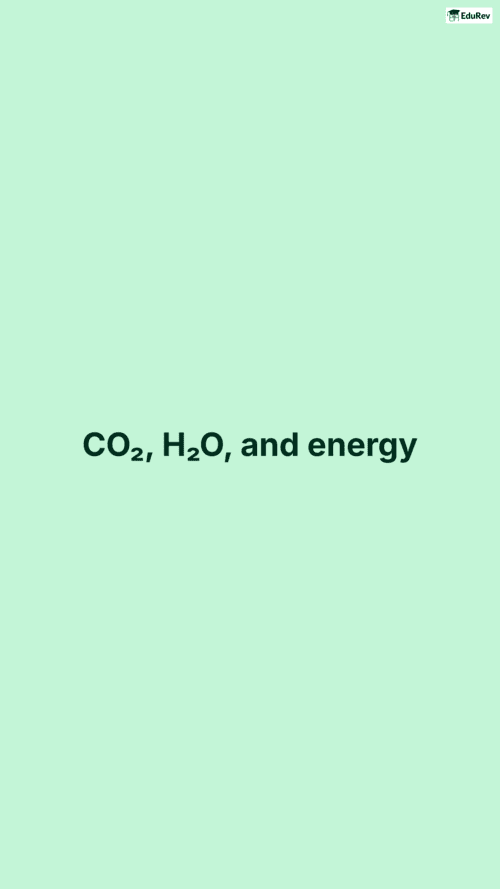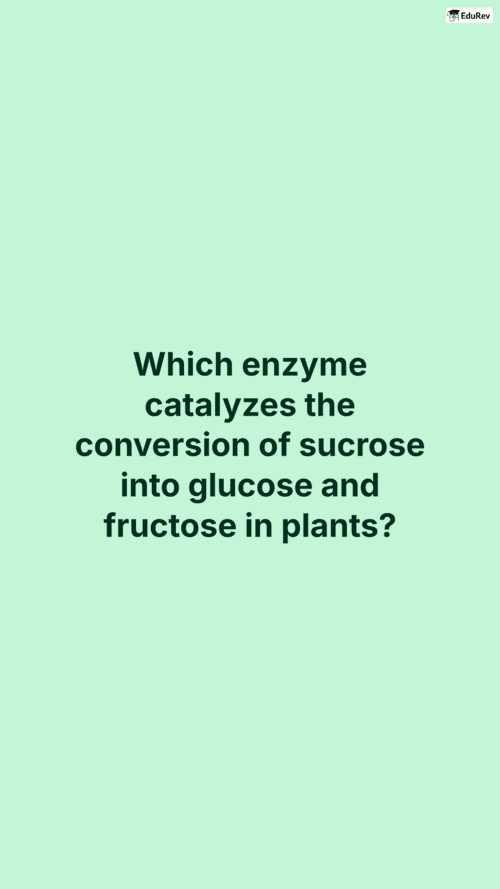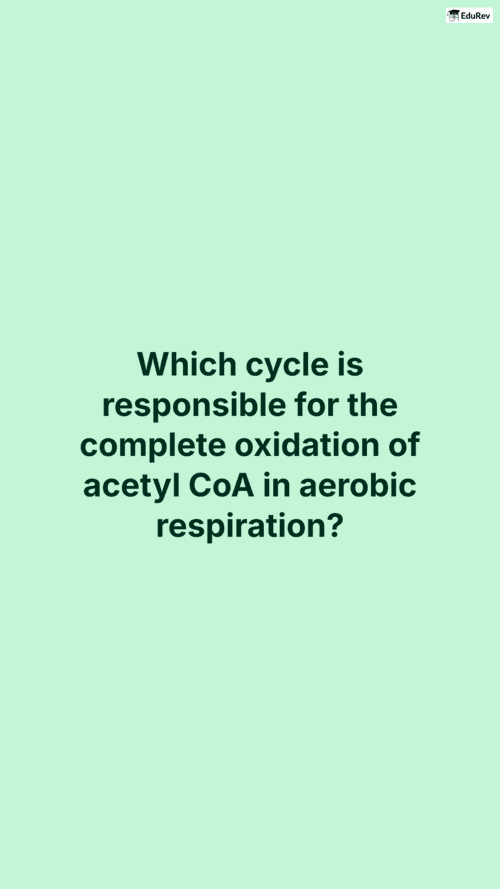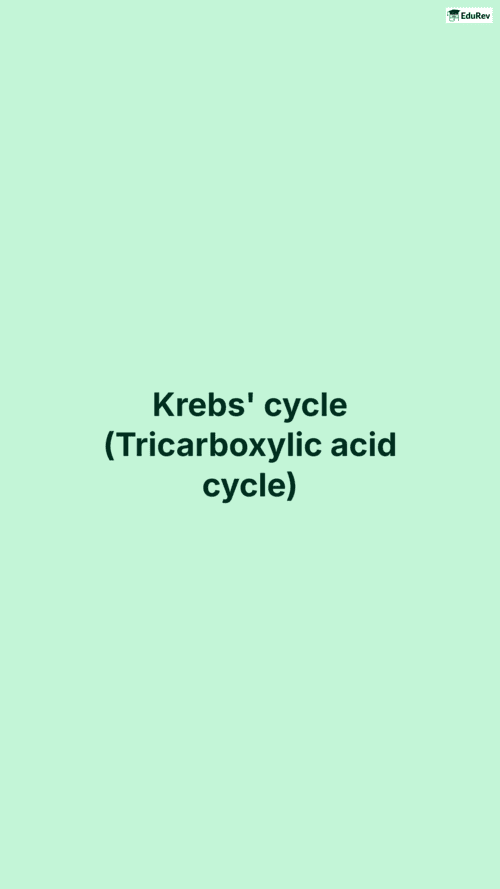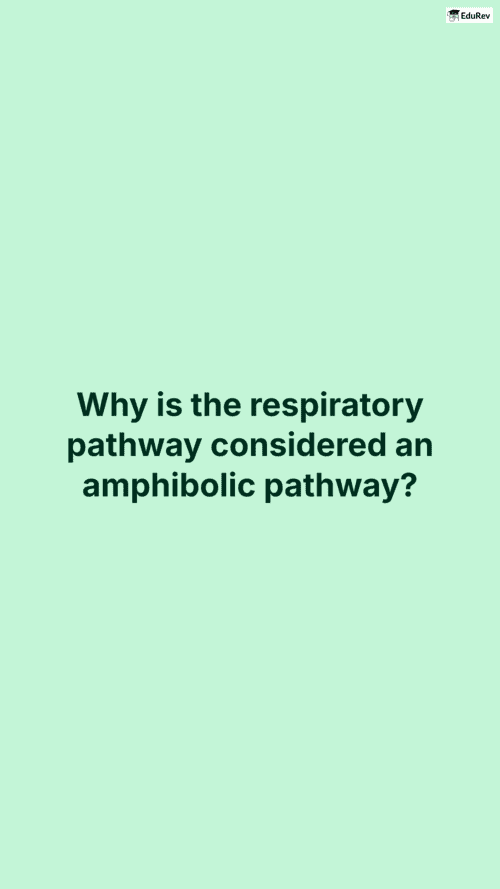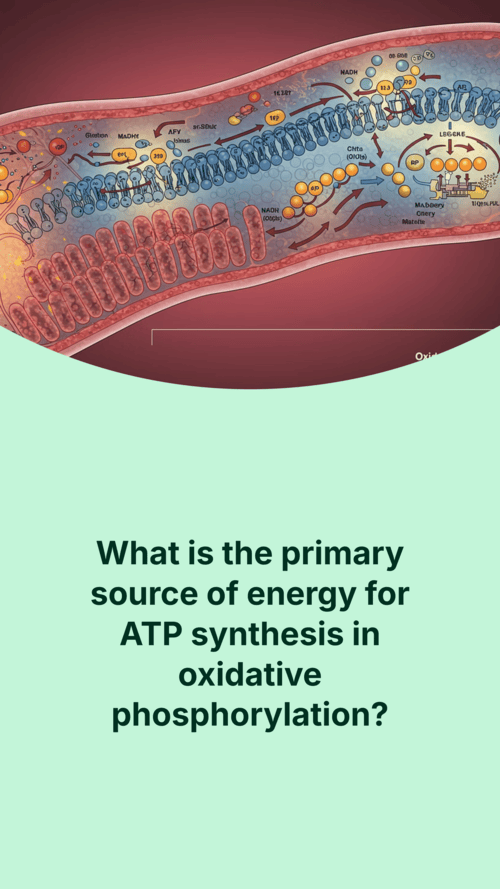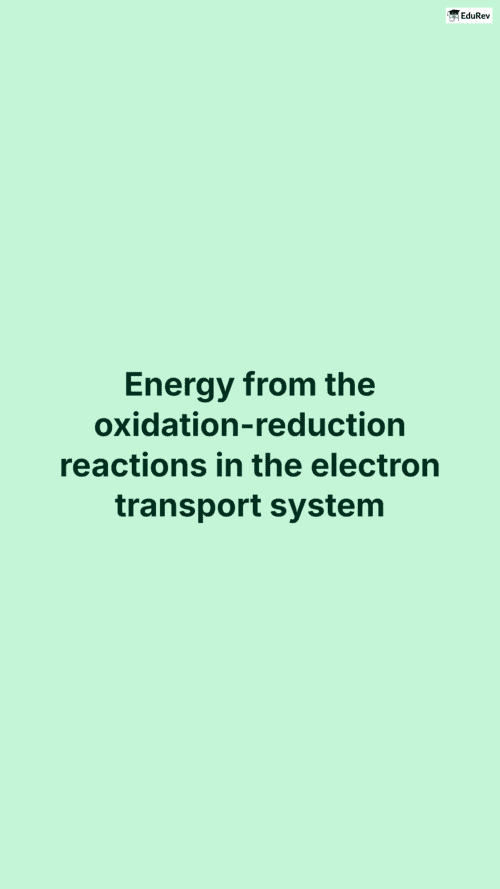 Unlock all Flashcards with EduRev Infinity Plan Starting from @ ₹99 only
|
NEET Exam > Biology Class 11 > Flashcards: Respiration in Plants
|
179 videos|531 docs|136 tests
|
FAQs on Flashcards: Respiration in Plants Flashcard - Biology Class 11 - NEET
| 1. What is the process of respiration in plants? |  |
Ans. Respiration in plants is the biochemical process through which they convert glucose and oxygen into energy, carbon dioxide, and water. This process occurs in the mitochondria of plant cells and is essential for releasing energy needed for growth, reproduction, and other metabolic activities.
| 2. How does respiration in plants differ from photosynthesis? |  |
Ans. Respiration and photosynthesis are two distinct processes. Photosynthesis occurs in the chloroplasts of plant cells during the day, using sunlight to convert carbon dioxide and water into glucose and oxygen. In contrast, respiration occurs all the time, breaking down glucose in the presence of oxygen to release energy. While photosynthesis produces oxygen, respiration consumes it.
| 3. What are the stages of respiration in plants? |  |
Ans. The stages of respiration in plants include glycolysis, the Krebs cycle, and oxidative phosphorylation. Glycolysis occurs in the cytoplasm, breaking down glucose into pyruvate. The Krebs cycle takes place in the mitochondria, producing ATP and electron carriers. Finally, oxidative phosphorylation uses these carriers to generate a significant amount of ATP in the presence of oxygen.
| 4. Do plants respire at night? |  |
Ans. Yes, plants respire at night. While photosynthesis requires light and occurs during the day, respiration happens continuously, day and night. During the night, plants use the stored glucose to release energy for growth and maintenance, as they do not have access to sunlight for photosynthesis.
| 5. What factors affect the rate of respiration in plants? |  |
Ans. Several factors can affect the rate of respiration in plants, including temperature, oxygen availability, and the type of plant species. Higher temperatures can increase the rate of respiration up to a certain point, while low oxygen levels can slow it down. Additionally, some species may have inherently higher or lower rates of respiration based on their metabolic needs.
Related Searches




